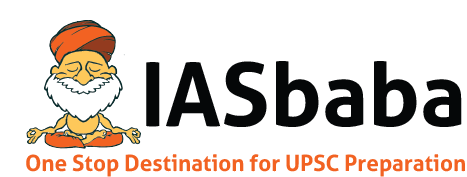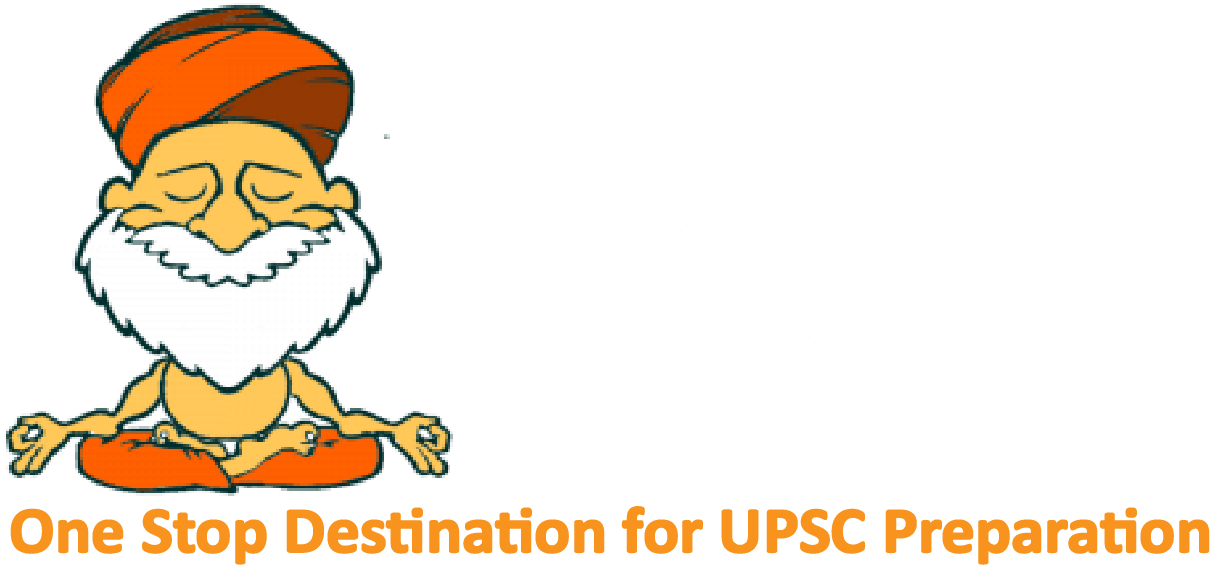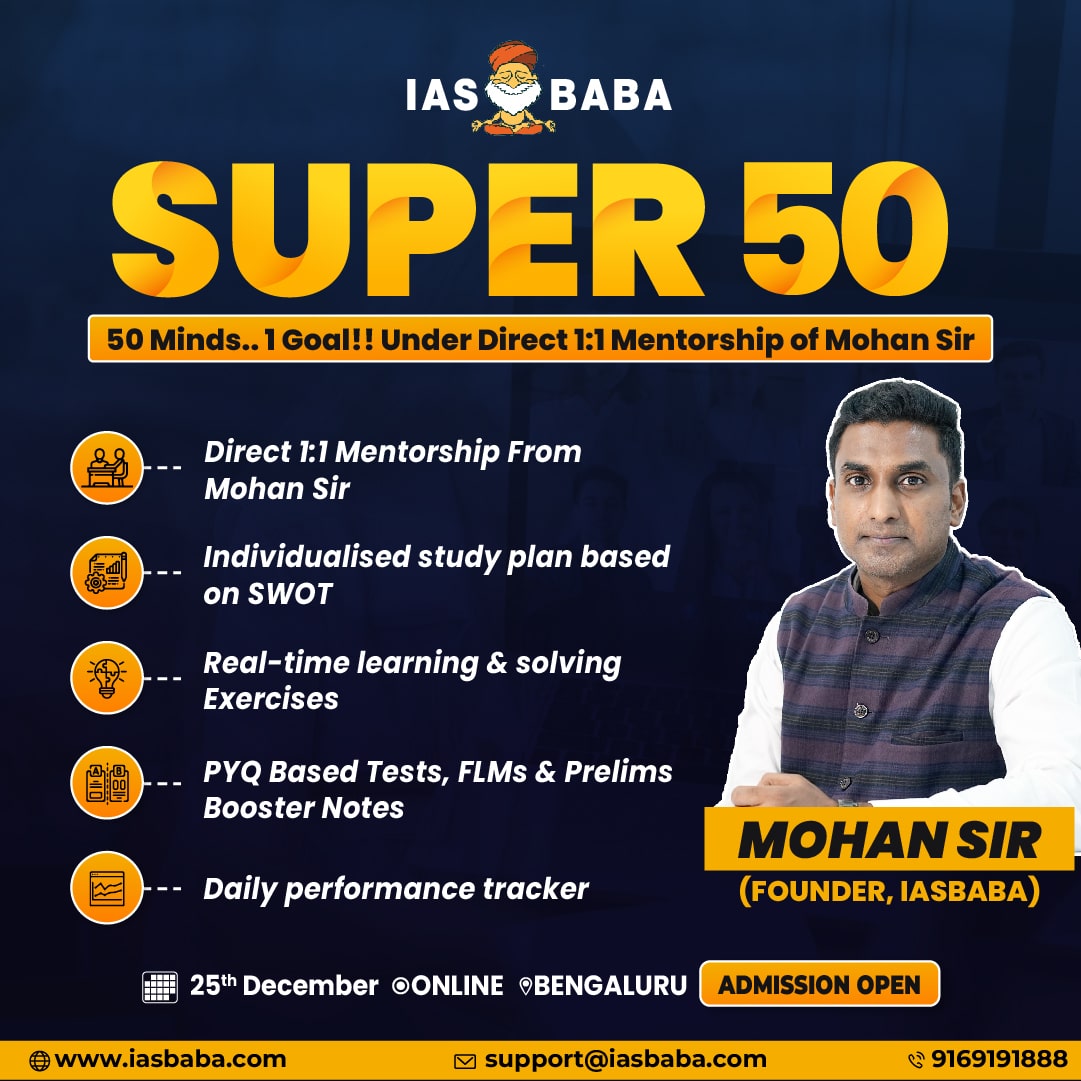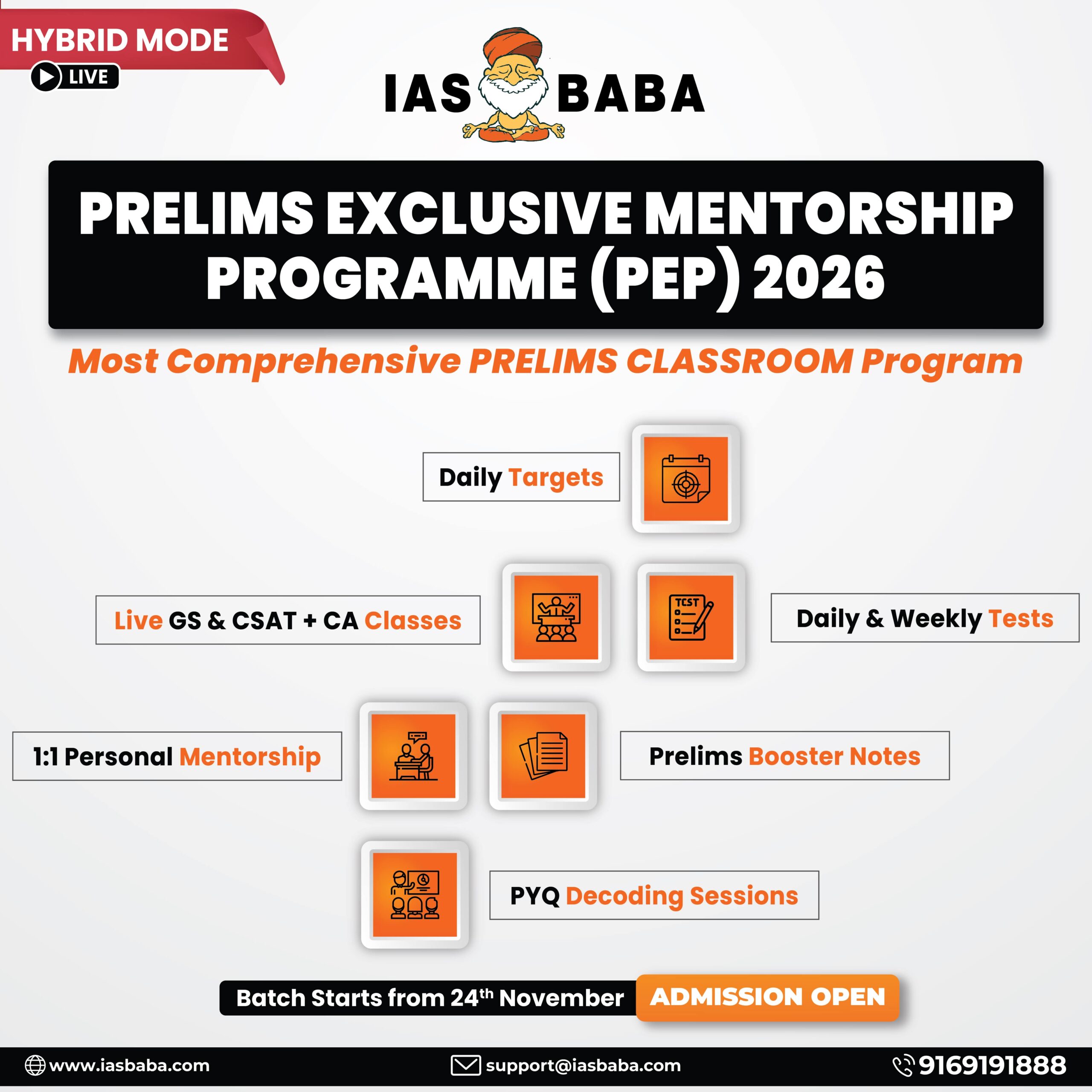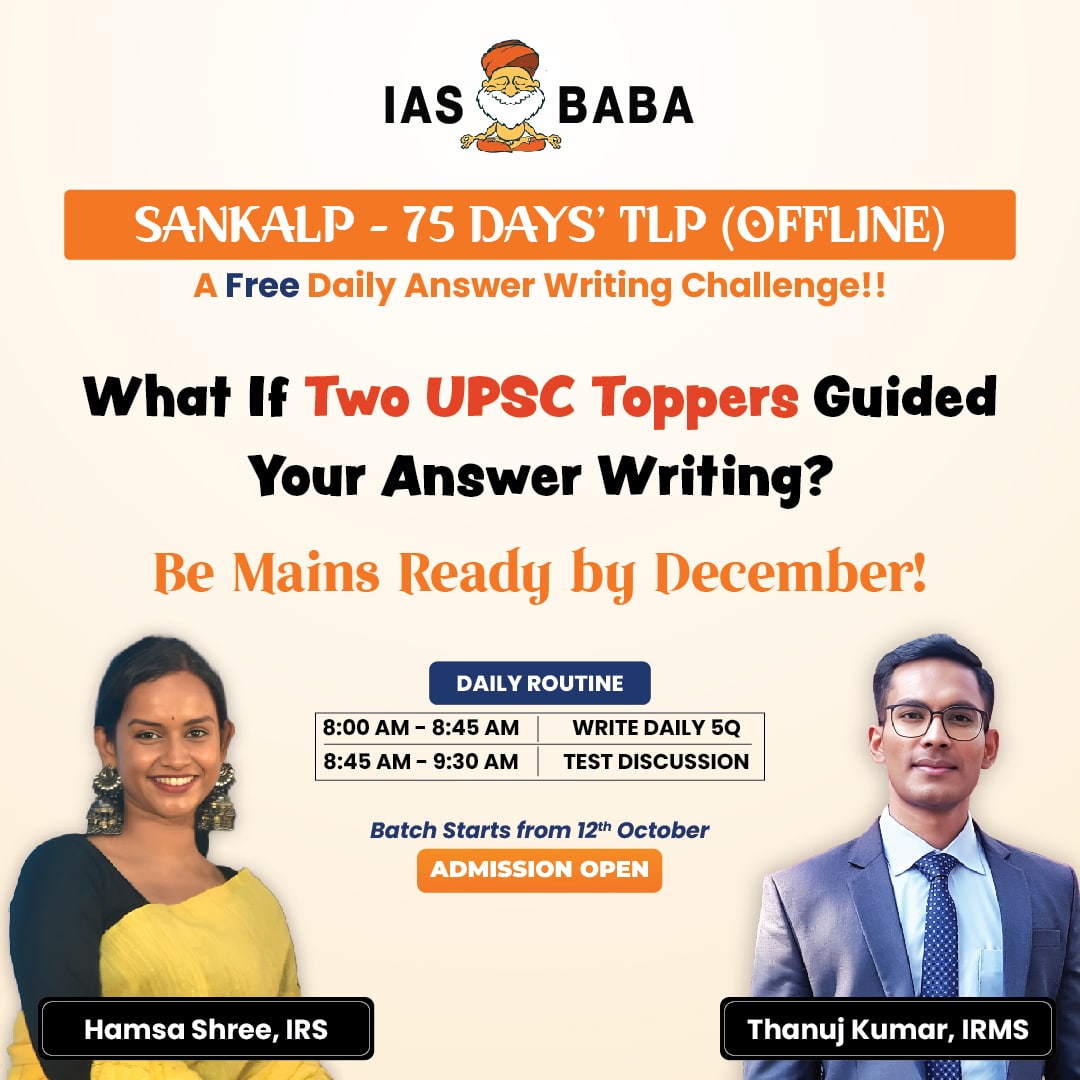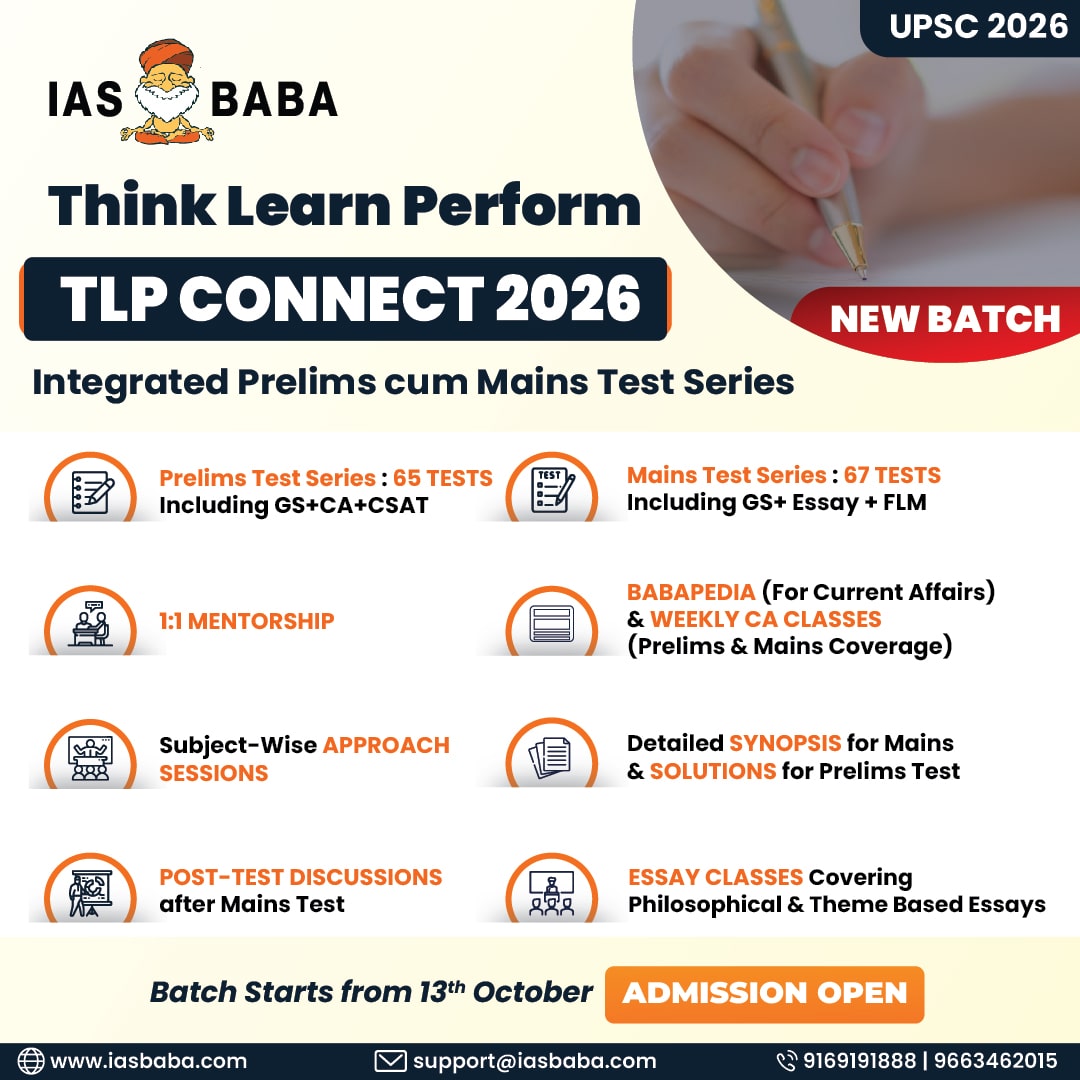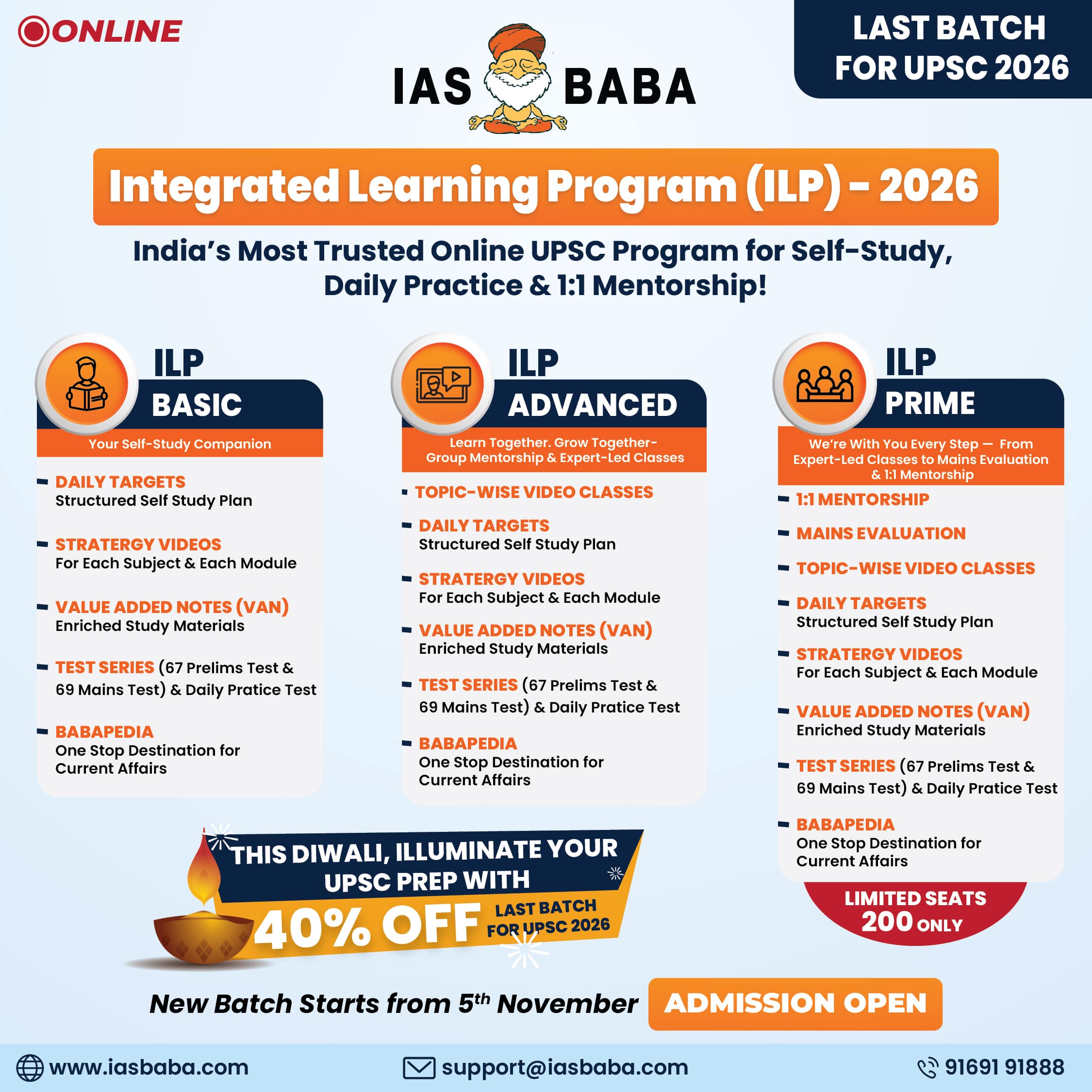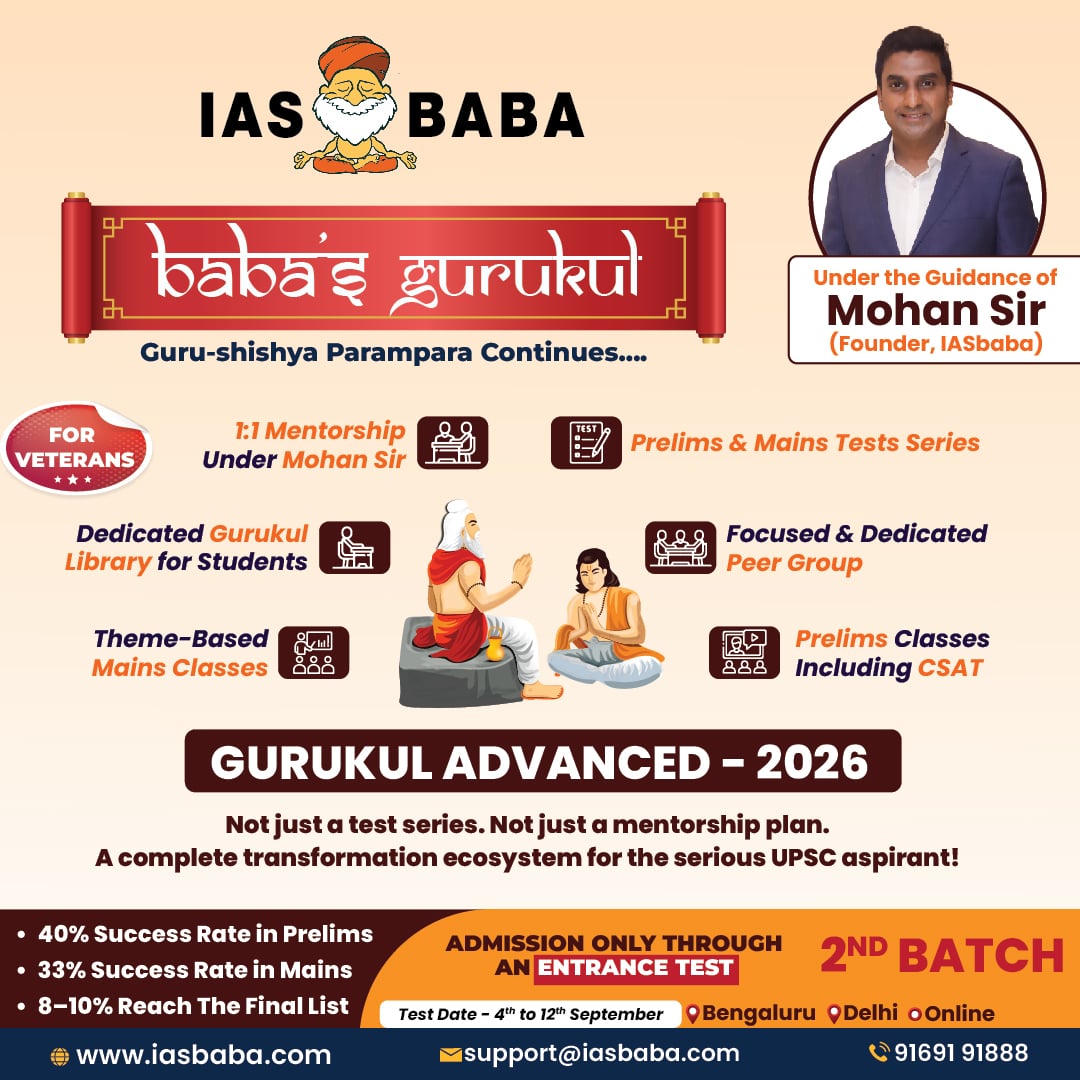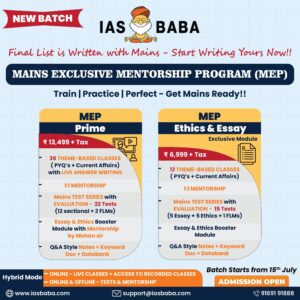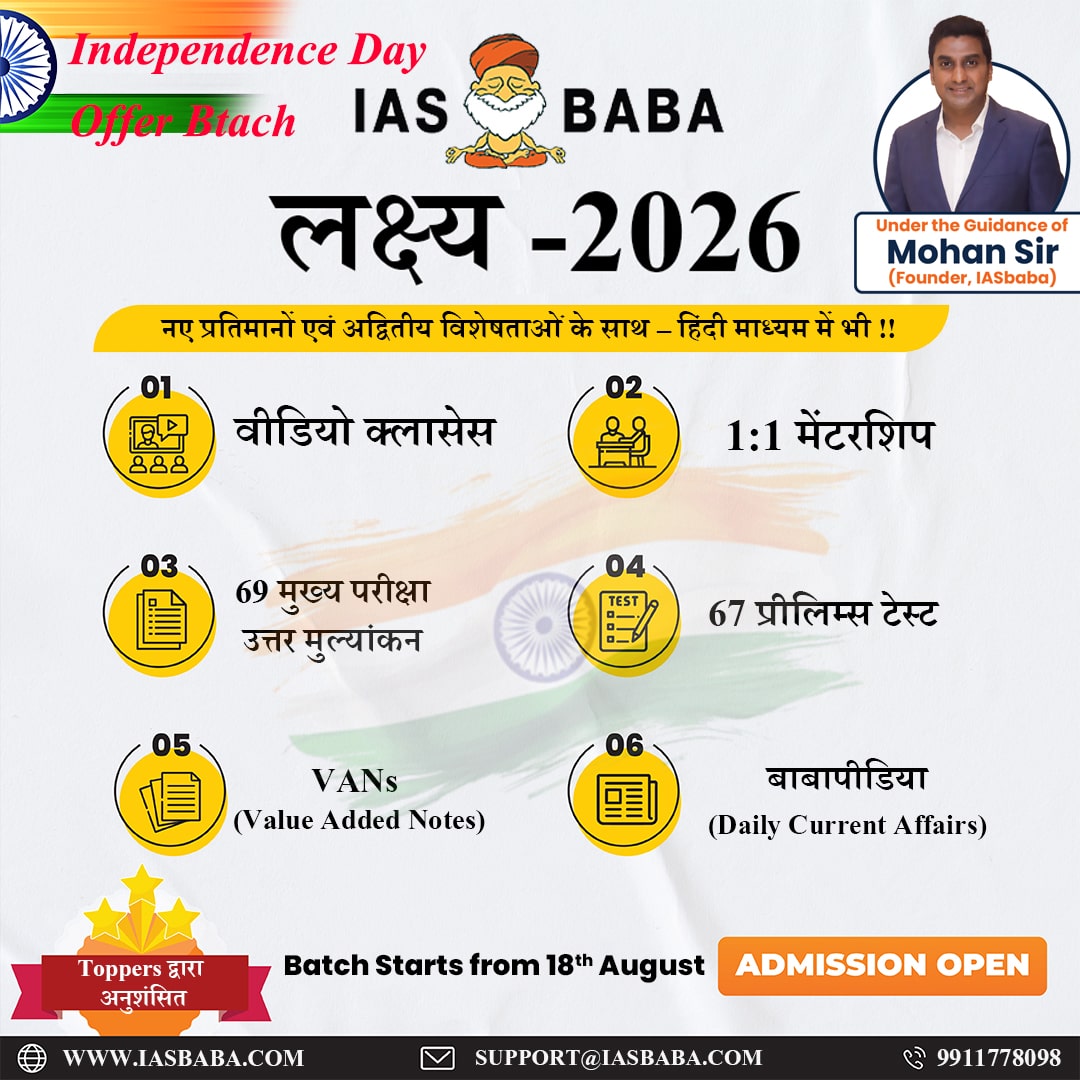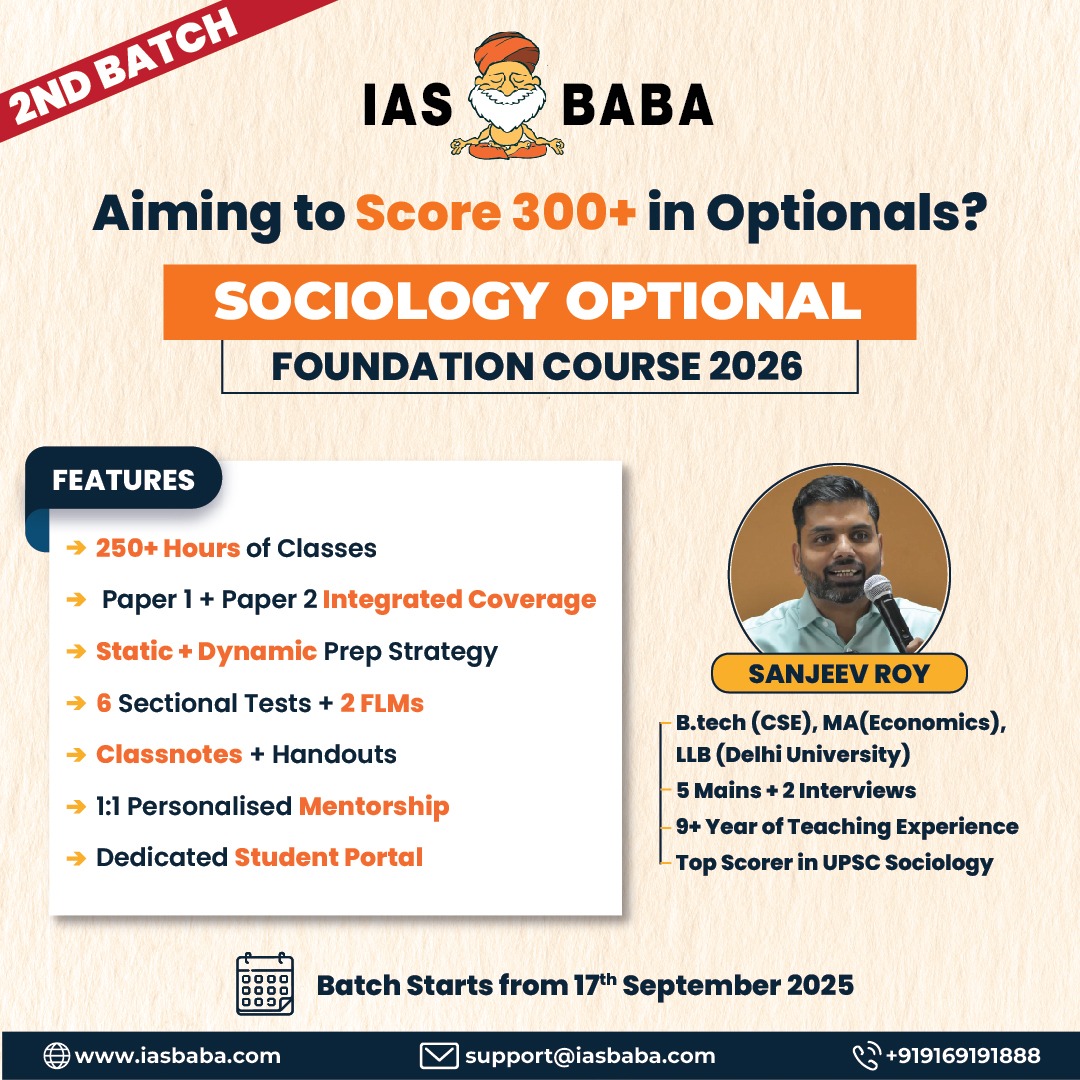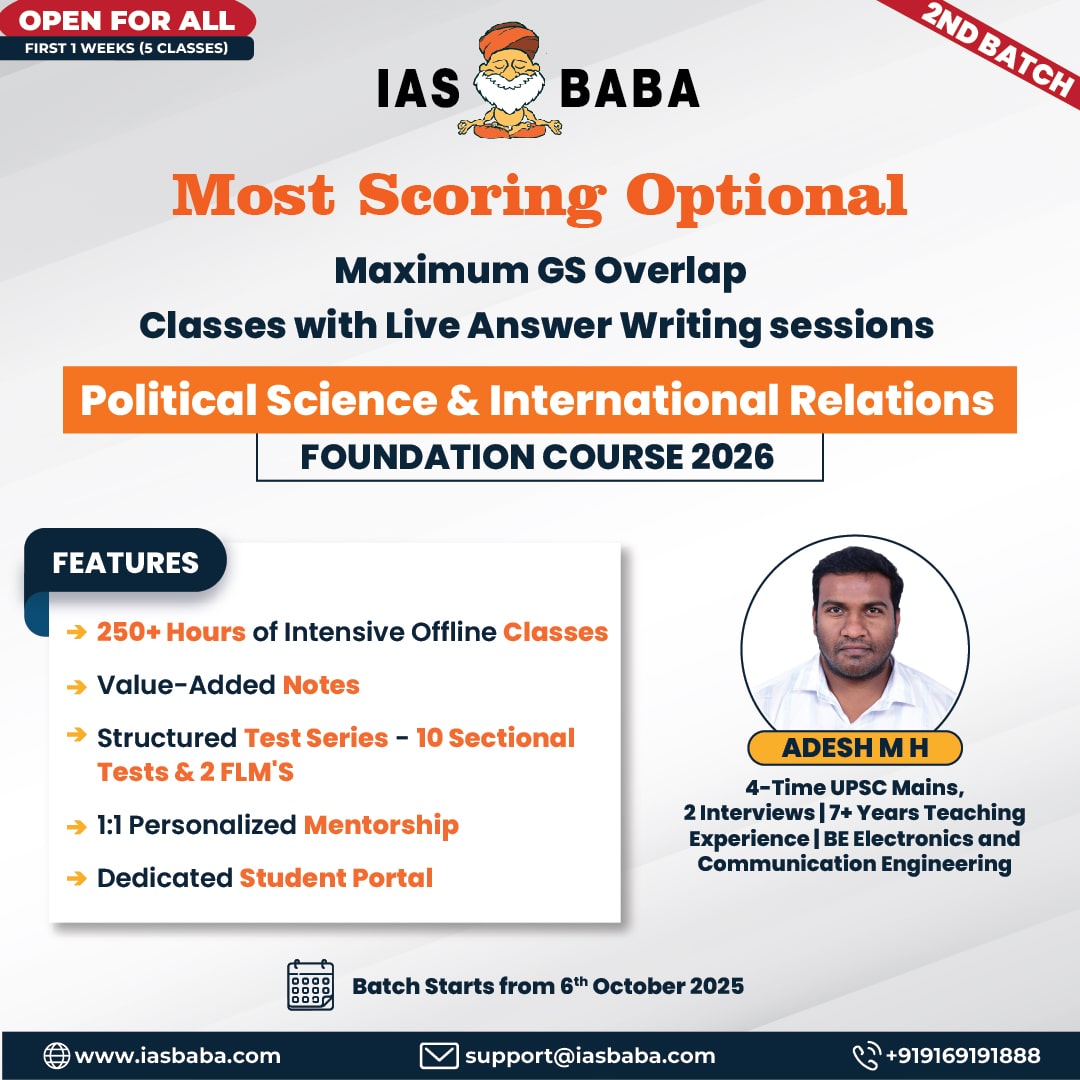Correct
Solution (d)
बांध सुरक्षा विधेयक, 2019, जो देश भर में सभी निर्दिष्ट बांधों की निगरानी, निरीक्षण, संचालन और रखरखाव का प्रावधान करता है, और दशकों से बहस चल रही है, को आखिरकार राज्यसभा की मंजूरी मिल गई। अगस्त 2019 में, विधेयक को लोकसभा द्वारा अनुमोदित किया गया था।
भारत 5,745 बड़े बांधों के संचालन के साथ विश्व स्तर पर तीसरे स्थान पर है। केंद्रीय जल आयोग (CWC) में केंद्रीय बांध सुरक्षा संगठन (CDSO) द्वारा जून 2019 में तैयार किए गए बड़े बांधों के राष्ट्रीय रजिस्टर के अनुसार, 20वीं सदी से पहले 67 बांध बनाए गए थे और 20वीं सदी के पहले 70 वर्षों के दौरान 1,039 बांध बनाए गए थे।
भले ही सीडब्ल्यूसी, सीडीएसओ के साथ, बांध सुरक्षा के मुद्दों पर राज्यों को सलाह देने के लिए शीर्ष निकाय के रूप में कार्य कर रहा है, इस विषय को नियंत्रित करने वाला कोई विशिष्ट केंद्रीय कानून नहीं है, यह देखते हुए कि बांधों का स्वामित्व और इनका रख-रखाव मुख्यतः राज्यों की परिधि में आता है।
विधेयक में उन बांधों को शामिल किया गया है जिनकी ऊंचाई 15 मीटर से अधिक और कुछ शर्तों के साथ 10 से 15 मीटर के बीच है। यह दो राष्ट्रीय संस्थानों – बांध सुरक्षा नीतियों को विकसित करने और आवश्यक नियमों की सिफारिश करने के लिए राष्ट्रीय बांध सुरक्षा समिति, और नीतियों को लागू करने और दो राज्यों के बीच अनसुलझे मुद्दों को संबोधित करने के लिए राष्ट्रीय बांध सुरक्षा प्राधिकरण बनाने का प्रयास करता है।
कानून में बांध सुरक्षा पर राज्य बांध सुरक्षा संगठनों और राज्य समितियों के गठन की भी परिकल्पना की गई है। बांधों के निर्माण, संचालन, रखरखाव और पर्यवेक्षण के लिए बांध मालिकों को जिम्मेदार ठहराया जाएगा।
Article Link:
https://www.thehindu.com/news/national/explained-what-is-the-debate-on-the-dam-safety-bill/article37846798.ece
Incorrect
Solution (d)
बांध सुरक्षा विधेयक, 2019, जो देश भर में सभी निर्दिष्ट बांधों की निगरानी, निरीक्षण, संचालन और रखरखाव का प्रावधान करता है, और दशकों से बहस चल रही है, को आखिरकार राज्यसभा की मंजूरी मिल गई। अगस्त 2019 में, विधेयक को लोकसभा द्वारा अनुमोदित किया गया था।
भारत 5,745 बड़े बांधों के संचालन के साथ विश्व स्तर पर तीसरे स्थान पर है। केंद्रीय जल आयोग (CWC) में केंद्रीय बांध सुरक्षा संगठन (CDSO) द्वारा जून 2019 में तैयार किए गए बड़े बांधों के राष्ट्रीय रजिस्टर के अनुसार, 20वीं सदी से पहले 67 बांध बनाए गए थे और 20वीं सदी के पहले 70 वर्षों के दौरान 1,039 बांध बनाए गए थे।
भले ही सीडब्ल्यूसी, सीडीएसओ के साथ, बांध सुरक्षा के मुद्दों पर राज्यों को सलाह देने के लिए शीर्ष निकाय के रूप में कार्य कर रहा है, इस विषय को नियंत्रित करने वाला कोई विशिष्ट केंद्रीय कानून नहीं है, यह देखते हुए कि बांधों का स्वामित्व और इनका रख-रखाव मुख्यतः राज्यों की परिधि में आता है।
विधेयक में उन बांधों को शामिल किया गया है जिनकी ऊंचाई 15 मीटर से अधिक और कुछ शर्तों के साथ 10 से 15 मीटर के बीच है। यह दो राष्ट्रीय संस्थानों – बांध सुरक्षा नीतियों को विकसित करने और आवश्यक नियमों की सिफारिश करने के लिए राष्ट्रीय बांध सुरक्षा समिति, और नीतियों को लागू करने और दो राज्यों के बीच अनसुलझे मुद्दों को संबोधित करने के लिए राष्ट्रीय बांध सुरक्षा प्राधिकरण बनाने का प्रयास करता है।
कानून में बांध सुरक्षा पर राज्य बांध सुरक्षा संगठनों और राज्य समितियों के गठन की भी परिकल्पना की गई है। बांधों के निर्माण, संचालन, रखरखाव और पर्यवेक्षण के लिए बांध मालिकों को जिम्मेदार ठहराया जाएगा।
Article Link:
https://www.thehindu.com/news/national/explained-what-is-the-debate-on-the-dam-safety-bill/article37846798.ece
